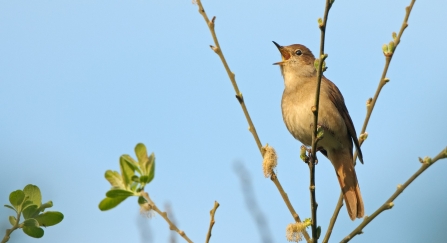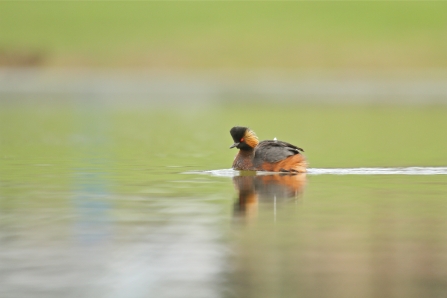The Hertfordshire’s State of Nature Report assesses over 7,500 different species and how their numbers have changed between 1970 and 2020. Almost one-fifth of the species assessed in the report are threatened with extinction whilst 76 species have been lost from Hertfordshire altogether.
Over 2.8 million species records, held by the Herts Environmental Records Centre, formed the basis of the report’s analysis. Taking inspiration from the national State of Nature report, first published in 2013, this report is the first of its kind to focus in such detail on Hertfordshire. The report looks at both habitats – such as woodlands, grasslands and wetlands – and species to give a clear picture as to how wildlife has changed in the county over the last 50 years.


